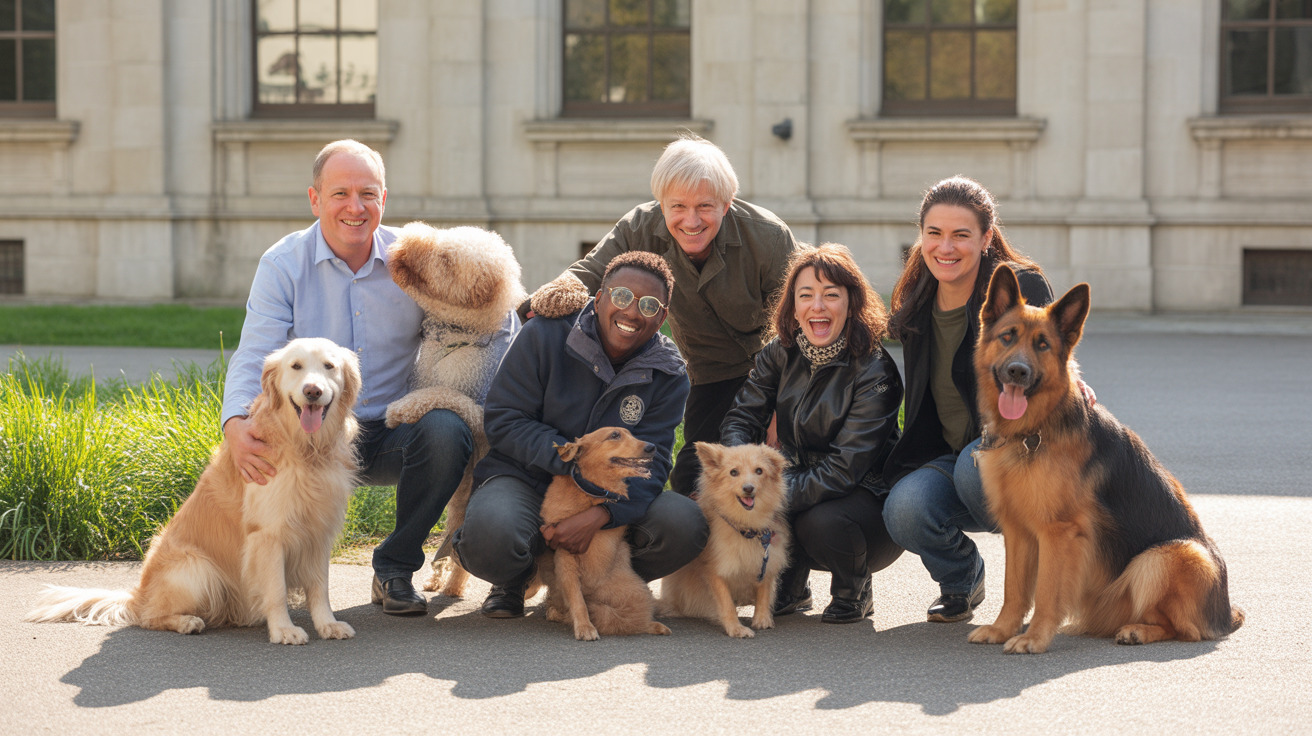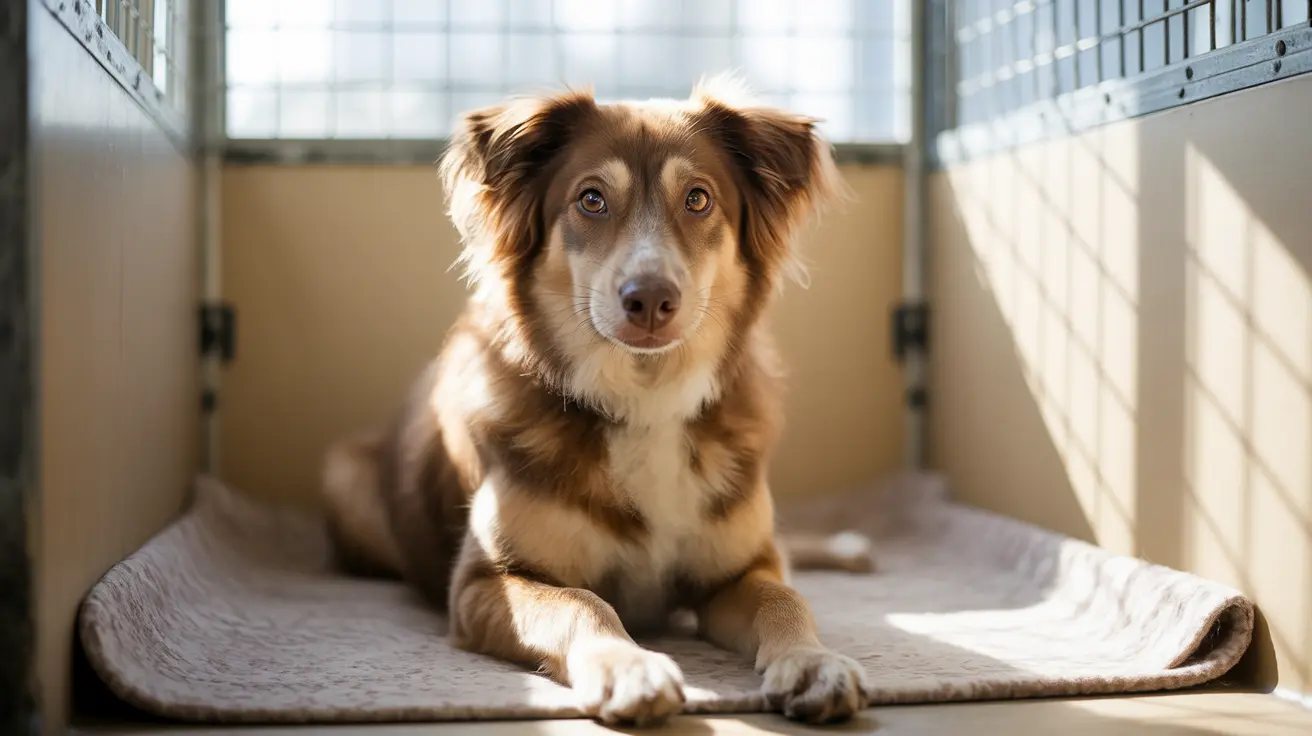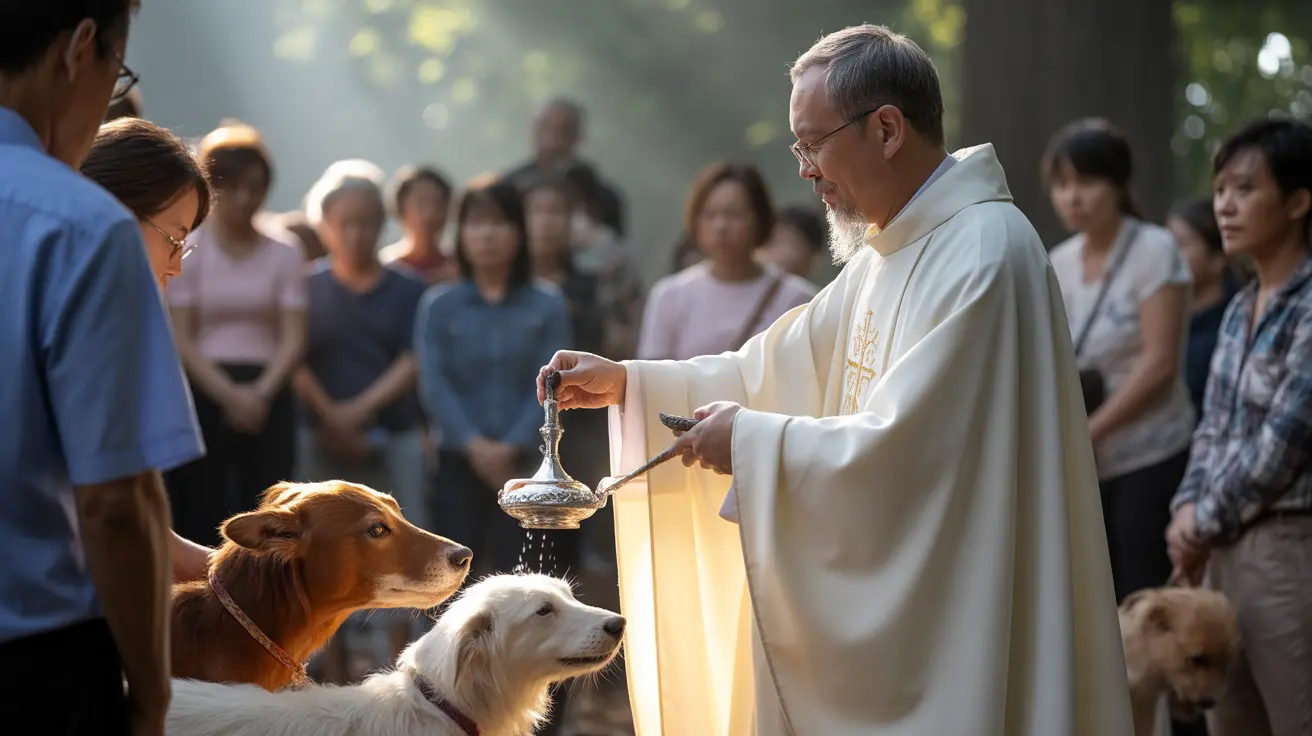Local pet owners and their beloved animals gathered at St. Mary's Episcopal Church for their annual Blessing of the Pets ceremony, a cherished tradition honoring St. Francis of Assisi, the patron saint of animals. The meaningful event brought together community members seeking blessings for their furry companions while celebrating the special bond between humans and animals.
The ceremony, led by Reverend Bill Fowler, offered a unique opportunity for pet parents to participate in this time-honored tradition. Adding to the festive atmosphere, four-legged attendees were treated to refreshments, including water stations and special "pup cups" filled with whipped cream, making the spiritual occasion both meaningful and enjoyable for all participants.
The Significance of Pet Blessing Ceremonies
Pet blessing ceremonies hold deep meaning in many faith traditions, particularly in Episcopal churches. These events serve as a reminder of the sacred connection between humans and animals, while also providing an opportunity for community gathering and celebration of our animal companions.
History of the Faith-Based Pet Blessing Tradition
The tradition of blessing animals traces its roots to St. Francis of Assisi, who was known for his extraordinary connection with animals and his teachings about God's love for all creatures. Today's pet blessing ceremonies continue this legacy, offering a way for pet owners to express gratitude for their animal companions while participating in a meaningful spiritual practice.
What Happens During a Church Pet Blessing Event
During the blessing ceremony at St. Mary's Episcopal Church, pets and their owners experienced several meaningful moments:
- Individual blessings from clergy
- Community gathering and fellowship
- Refreshments for both humans and pets
- Recognition of the special role animals play in our lives
Creating a Welcoming Environment
The organizers ensured that both pets and their owners felt comfortable during the event. The availability of water stations demonstrated thoughtful consideration for the animals' needs, while the special treat of "pup cups" added a festive touch to the occasion.
The Community Impact of Animal Blessing Events
These ceremonies do more than provide spiritual comfort - they help build stronger communities by:
- Bringing together pet owners from different backgrounds
- Creating opportunities for social connection
- Promoting responsible pet ownership
- Fostering compassion for all creatures
Frequently Asked Questions
What is the Blessing of the Pets event, and why is it held at St. Mary's Episcopal Church?
The Blessing of the Pets is an annual religious ceremony held to honor St. Francis of Assisi, the patron saint of animals. At St. Mary's Episcopal Church in Lampasas, Texas, pets are blessed by clergy, reflecting gratitude for animals' companionship and promoting compassion towards all creatures.
When is the Blessing of the Pets typically celebrated, and who was St. Francis of Assisi?
It is commonly held in early October around October 4, St. Francis of Assisi's feast day. St. Francis was a 12th-century Italian friar known for his love of animals and nature, and he is considered the patron saint of animals and ecology.
What activities typically take place during a Blessing of the Pets ceremony?
The ceremony often includes prayers, scripture readings about creation, a formal blessing by clergy with holy water, and sometimes treats or pet-friendly refreshments like "pup cups" of whipped cream to welcome pets and owners.
Continuing the Tradition
As this beautiful tradition continues at St. Mary's Episcopal Church, it serves as a reminder of the important role pets play in our lives and communities. These ceremonies provide a special opportunity for pet owners to celebrate their animal companions while connecting with others who share their love and appreciation for pets.
Pet parents interested in participating in future blessing ceremonies are encouraged to watch for announcements from their local churches and community organizations. These meaningful events offer a unique way to honor our animal friends while participating in a tradition that spans centuries of faith and companionship.






